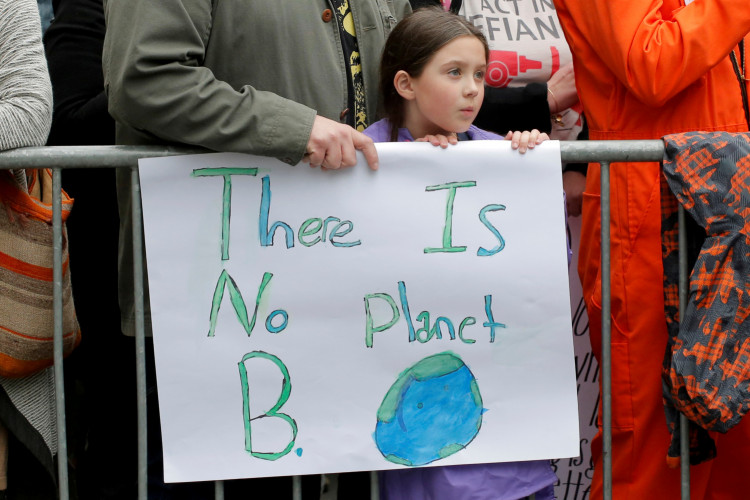Google Earth has another video feature that uses nearly four decades of satellite imagery to show how climate change has altered glaciers, beaches, forests and other environments.
The tool is being introduced as part of the largest update to Google Earth in five years. Google said it undertook the project in collaboration with government agencies to make the often abstract idea of climate change more tangible.
The Timelapse feature transforms the application's static imagery into a four-dimensional experience - enabling users to click through time lapses of melting ice caps, receding glaciers, urban development and the effects of wildfires on agriculture.
This isn't the first time time-lapse satellite imagery has been used to illustrate how parts of the planet are changing as a result of climate change. However, previous images have mostly focused on melting glaciers and have not been widely accessible on an already popular app like Google Earth - which can be downloaded on the majority of the world's more than 3 billion smartphones.
Google promises users will be able to see a time lapse presentation of almost every location they look in. In addition, the feature includes a storytelling mode that highlights 800 different locations on the planet in both two- and three-dimensional formats. These videos will also be available on Google's YouTube video platform, which has become more popular than the Earth app.
According to Google, the feature was generated using 24 million satellite images taken every year from 1984 to 2020 and provided by NASA, the U.S. Geological Survey and the European Union. Carnegie Mellon University assisted in the creation of time lapse technology.
The time-lapse imagery will be updated at least once a year, Google said.




